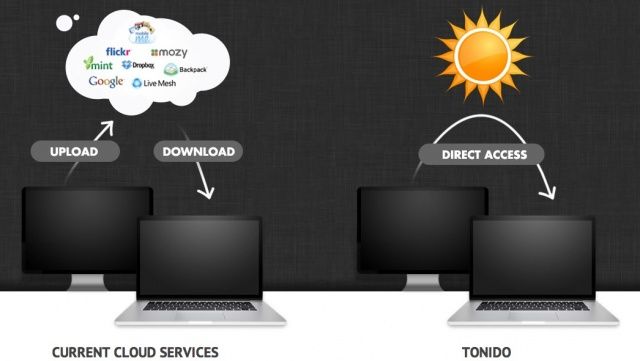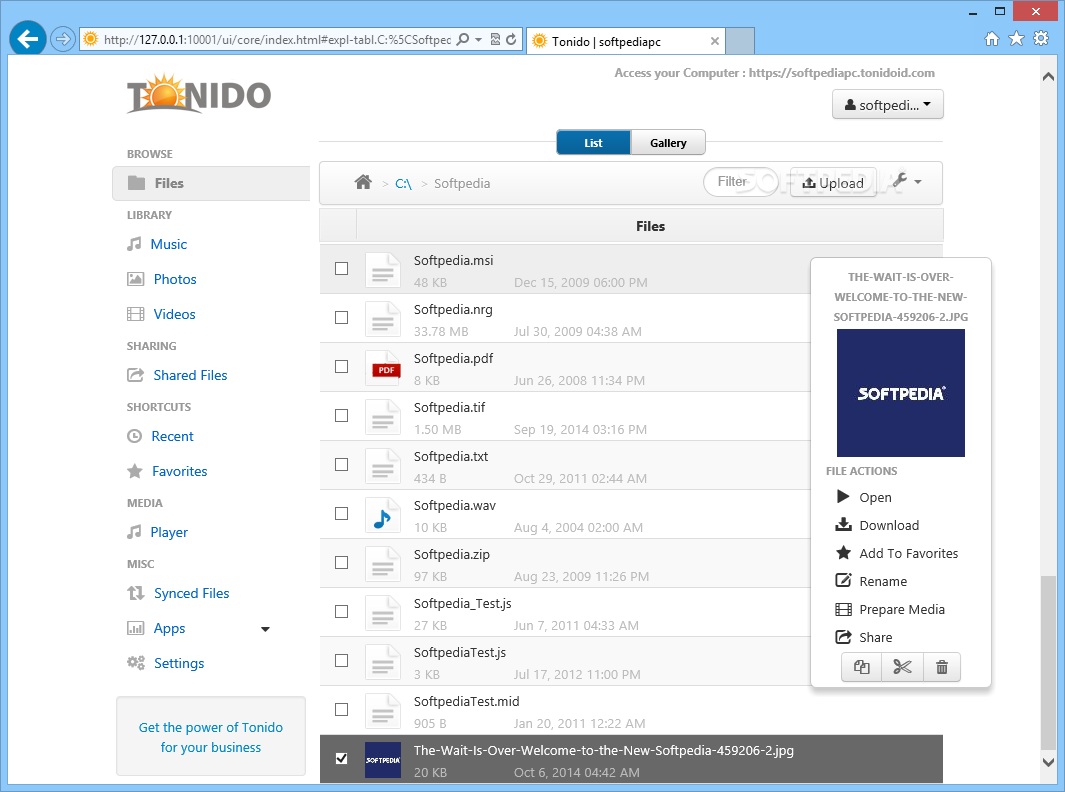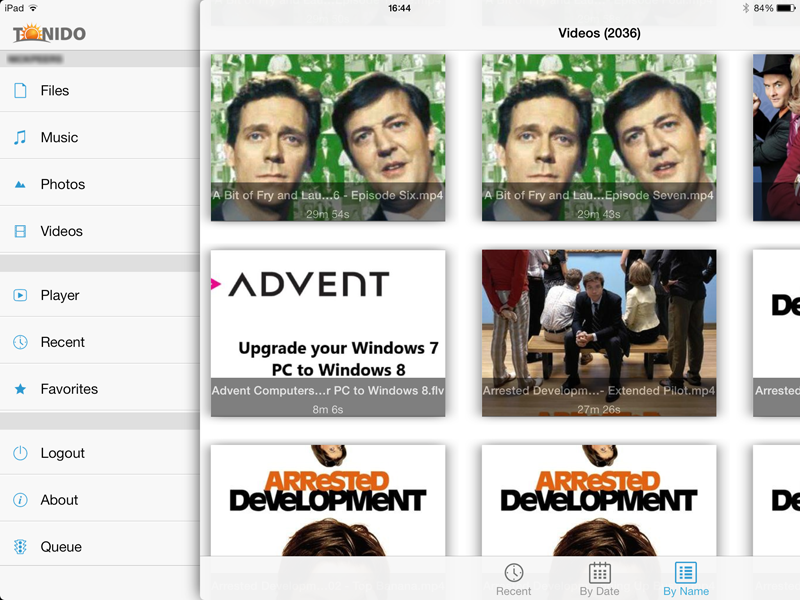
- #Owncloud vs tonido install#
- #Owncloud vs tonido update#
- #Owncloud vs tonido upgrade#
- #Owncloud vs tonido software#
- #Owncloud vs tonido mac#
The bad news is it has no official desktop client for Linux and I imagine not having the convenience of syncing your files to the cloud via a desktop app can be a deal breaker. For Linux enthusiasts, there’s good news and there’s bad news. Reposted using Creative Commons.Dropbox is arguably the most popular cloud storage service available right next to Google’s Drive. Note: Thanks to Dave Egts for taking a look at this article pre-pub, and Gunnar Hellekson for giving me the push to self-publish. 3rd party extensions are available at and there’s a thriving community at work. OwnCloud also offers virus scanning of uploaded files, on disk encryption and a suite of other tools. This is exactly the sort of functionality that would allow me to leverage existing cloud providers as well as my own storage. I was quickly able to connect OwnCloud to my Dropbox and a variety of other services. The one I was immediately drawn to was the ability to hook OwnCloud into my other data providers. A nice clean interface, and what’s this? Extensions? Next steps were to point my browser at server/owncloud-enterprise, define a user and set the particulars about /data & my DB. Sudo chcon -reference /var/www/html/owncloud-enterprise/data /data
#Owncloud vs tonido update#
I had a filesystem in mind that I wanted to point my data directory to (/data as opposed to /var/It was not immediately apparent, nor was this mentioned in the docs, but I’ll submit an update request for their documentation sooner than later.
#Owncloud vs tonido install#
I had to install MariaDB, and follow some simple instructions in their documentation. repo to point to and yum installed the latest version of OwnCloud Enterprise.
#Owncloud vs tonido upgrade#
They had a repo set up for Fedora 19, so I did a quick upgrade of my home workstation to F19, and added the repo to my I re-wrote the. On to the bitsĪfter a few clicks and filling out a few forms on their website, I made my way to /download/repositories/. If I do run into a bug, I can always submit it to the OwnCloud developers via github. I haven’t yet verified that OwnCloud will work in this configuration, but I don’t see anything keeping it from working.


You’ll want to use sticky sessions with the load balancer as well. A centralized DB server ensures that all of our OwnClouds are kept on the same page, as it were. You’d probably want to put cgroups in place to keep httpd & gluster services playing nicely. In this diagram, I’ve separated the OwnCloud (OC) Apache servers from the Red Hat Storage servers, but there’s no reason you couldn’t have that workload running directly on the Red Hat Storage servers. The whiteboard inside my head starts taking on some shapes and lines, quickly thinking through what a highly available implementation of OwnCloud might look like.
#Owncloud vs tonido software#
Commercially supported, open source software that intends to stay in step with an upstream project. I’m not the only one: I found a great article over at zdevops, which discusses exactly that.Īs it turns out, OwnCloud also offers an Enterprise version. POSIX/SMB/NFS, etc interfaces to shared storage as well as multi-platform syncing and access capabilities-almost too good to be true. I immediately began to see that there was potential for combining OwnCloud with Red Hat Storage. Imagine, thousands of users, in a geographically dispersed environment, whose business could genuinely benefit from this technology. These are some organizations who have very real multi-platform file syncing issues.

So easy in fact, that I began to think about the possibilities of OwnCloud for my customers in the federal government.
#Owncloud vs tonido mac#
It worked nicely-inside of a few minutes, I was able to deploy the upstream version of OwnCloud and set up syncing of my Calendar, auto-upload of pictures from my Android, and even had a nice OwnCloud folder on my Mac via their OSX client. Dutifully, I read a few articles, and deployed OwnCloud on OpenShift. I publicly lamented the Dropbox lock-in scenario on Twitter a few weeks ago, and Gunnar Hellekson clued me into OwnCloud. I also penned a few thoughts on their model. They seem to be the answer to the open API for mobile and web applications, providing a cross-cloud storage layer and a GPL reference implementation while they do it. I was also fortunate enough to run across what the guys over at NimbusBase are doing over the weekend. I recently covered the release of Dropbox platform and my thoughts on the impending cloud storage lock-in.


 0 kommentar(er)
0 kommentar(er)
